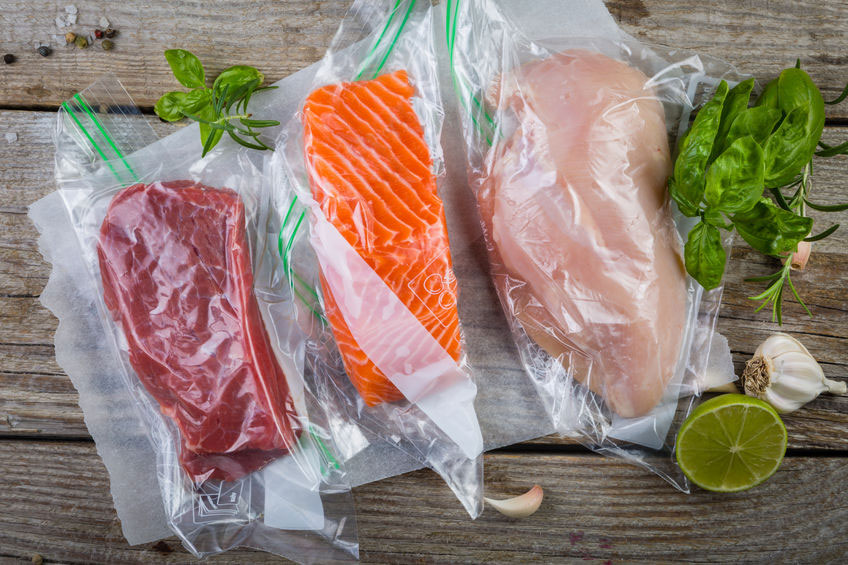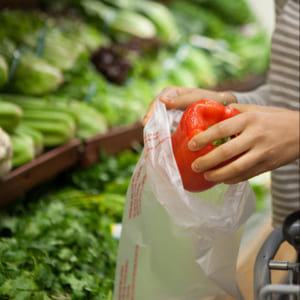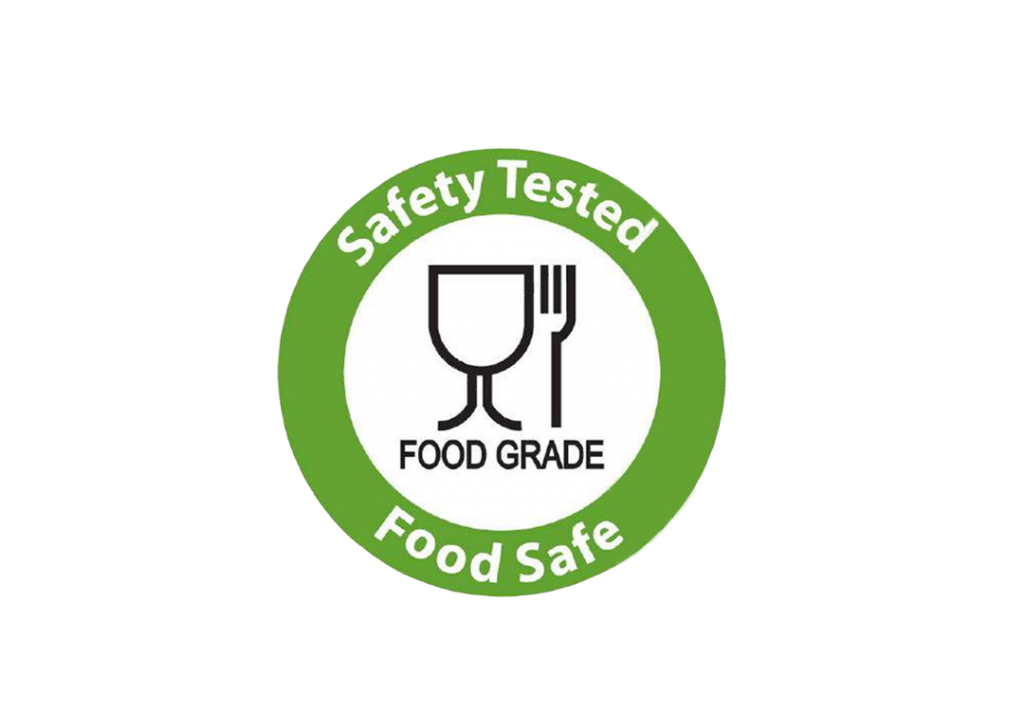To keep food fresh and safe, besides lovely boxes, many people have chosen to use food bags. So, what types of produce bags are there and what should you keep in mind when using them? Let’s learn more about this type of bag through the following article.
Many people choose food bags because they save more space than using food containers
1. The popularity of food bags today
With the advantages of lightness, convenience and low price, food bags have replaced traditional plastic boxes, paper boxes, plastic shopping lanes… And they have become indispensable items in every family’s life.
With today’s fast and busy lifestyle, many families often store food in the refrigerator. So they don’t have to go to the market many times. At this time, they often use this bags such as zip bags, vacuum bags, biological bags… to be more convenient, quick and save space.
2. Types of food bags
2.1. Zipper food bag

Food bags with zippers are also known as zipper bags. This type of bag, in addition to being chosen for storing food, is also very popular in storing electronics, components or medical items…
- This type of bag has a zip at the mouth, helping to close or open the bag easily, avoiding outside impacts and helping food stay fresh.
- The zip line also ensures that food odors do not escape and affect other foods.
- Food zip bags are all made from high-quality plastic, thick, colorless, odorless, waterproof… And they can be reused many times, so they are considered quite environmentally friendly.
This is the reason why zipper bags are favored by many housewives for preserving food.
2.2. Bags for frozen food
Frozen bags are specialized bags for storing food that needs to be frozen such as meat, fish, shrimp, crab… for long-term storage.
After putting food into this type of bag and putting it in the freezer, the ice will not freeze and will still retain its inherent freshness.
Most frozen bags today are in the form of zip bags but are focused on a more versatile design. That can be used to defrost food in high-temperature environments such as microwaves.
Food should be continuously stored at -17 degrees Celsius to ensure safety.
2.3. Vacuum food bags
 Vacuum bags are nylon bags with the main ingredient Polyethylene, thick, highly durable and capable of preventing air penetration. Thereby preserving food without spoilage and staying fresh longer.
Vacuum bags are nylon bags with the main ingredient Polyethylene, thick, highly durable and capable of preventing air penetration. Thereby preserving food without spoilage and staying fresh longer.
Normally, in Vietnam’s hot and humid weather, fresh foods only have a maximum shelf life of 1-2 days, but if preserved with a vacuum bag, the shelf life can be extended. to 1 – 2 months.
To preserve food with a vacuum bag, you will need a specialized vacuum machine to suck all the air out and seal the bag securely.
2.4. Composable food bags
Recently, a new type of bag has also appeared on the market, which is a completely biodegradable bag. This type of bag is also designed to prevent air penetration for a long time, helping to protect fresh and delicious food longer.
Compared to traditional bags, 100% biodegradable food bags are considered safer for health and more environmentally friendly because:
- Contains one of the main ingredients which is natural starch such as corn, potatoes, cassava…
- Does not contain any toxic additives such as lead or cadmium, so it is safe and non-toxic to humans.
- Decomposition time is short, only 6 months to 1 or 2 years in a natural landfill environment, so it is very environmentally friendly.
- Completely biodegradable bags have the advantage of being environmentally friendly and safe for humans

